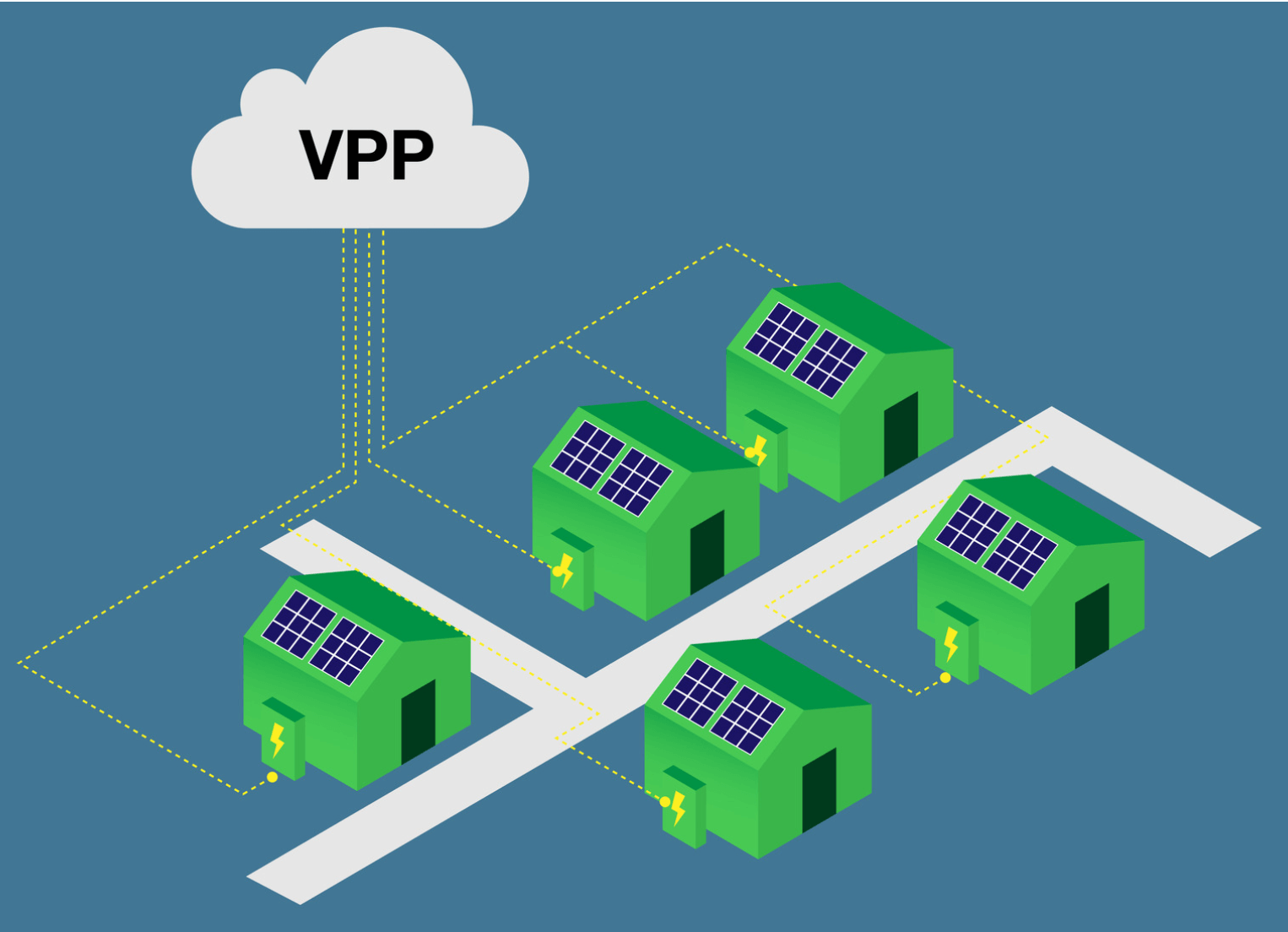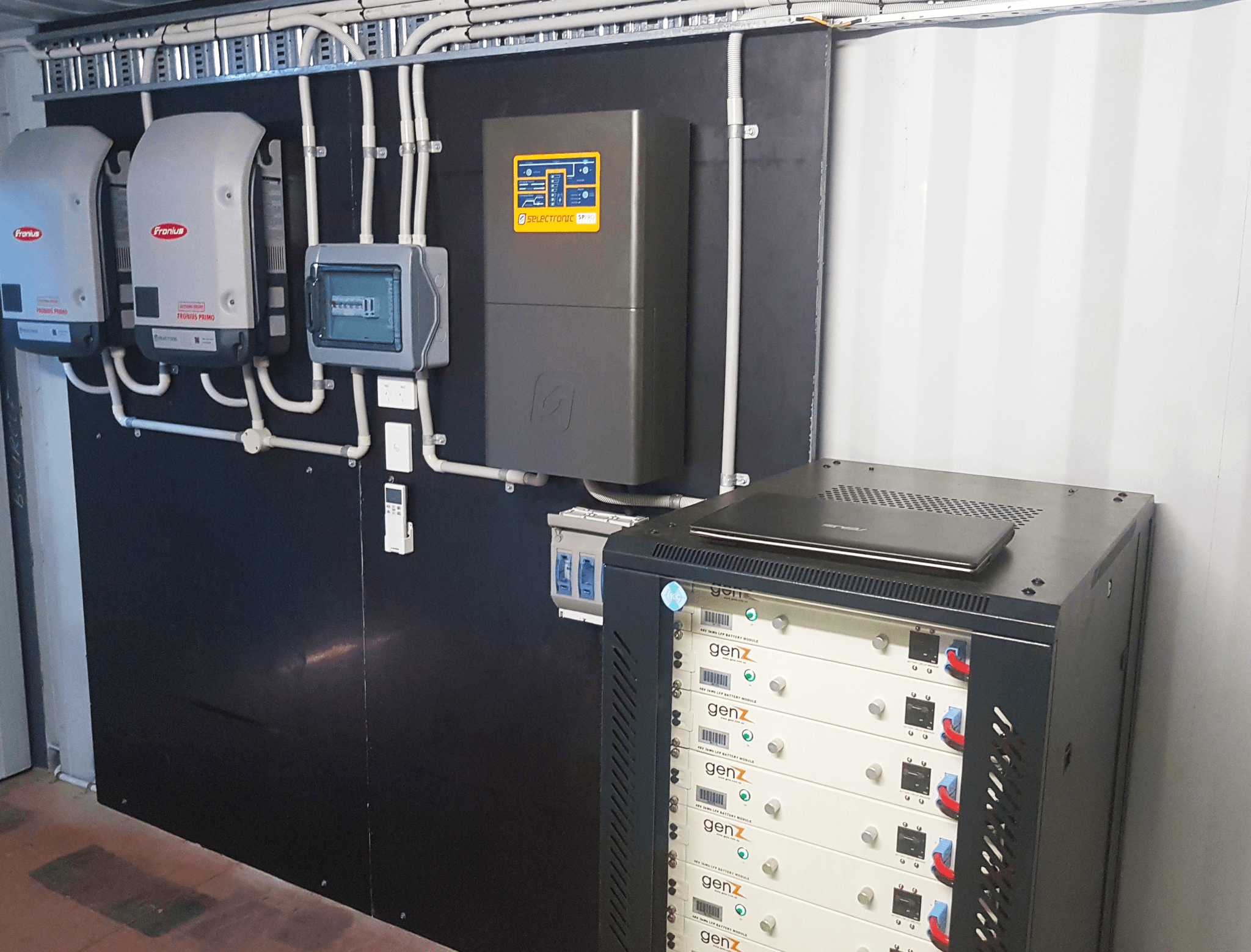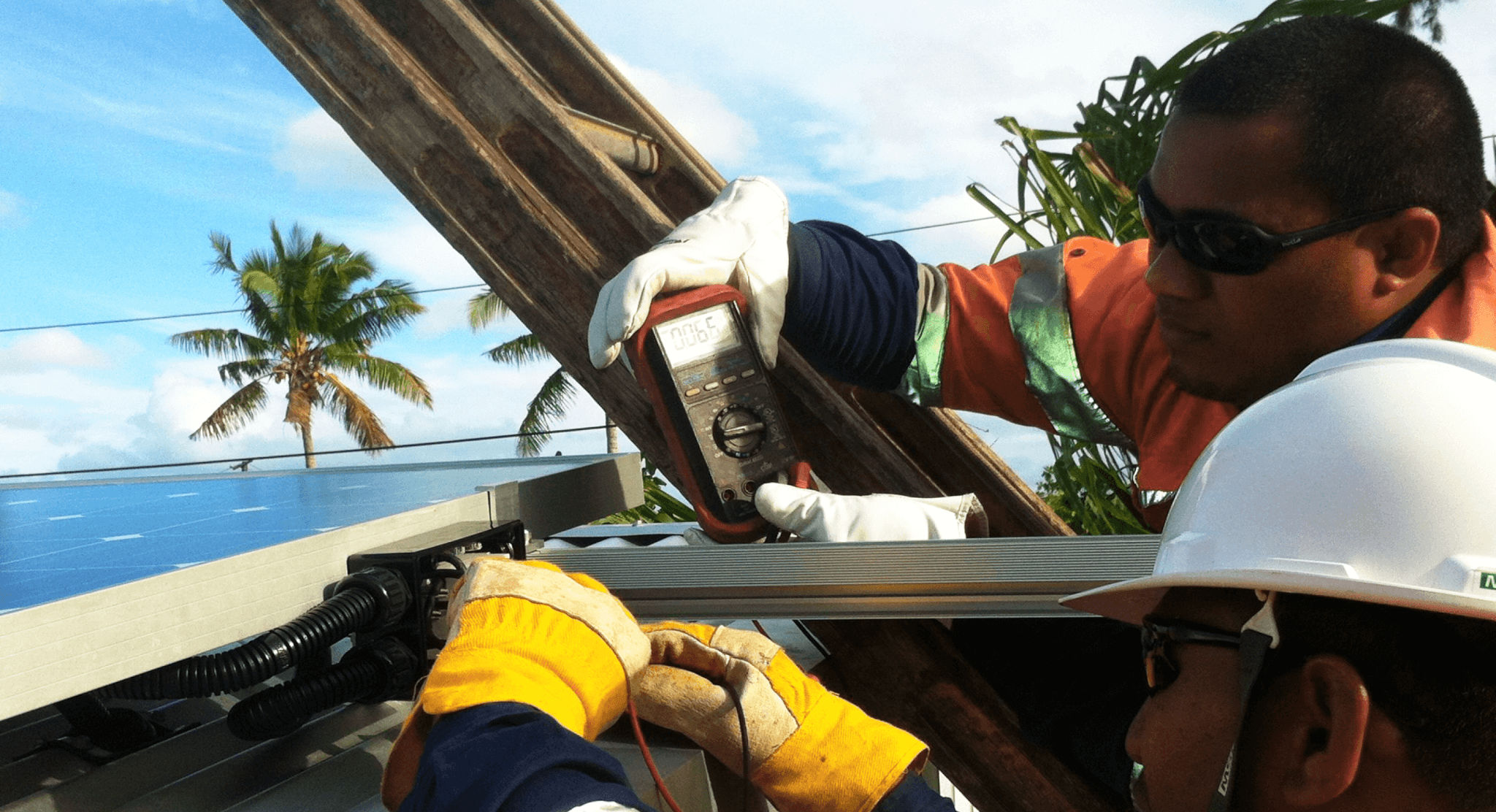This article will look at the physics behind why it is necessary to derate electrical cables. It is the first in a series of articles covering cable sizing and deratings, so stay tuned for more on different methods to derate cables safely while maintaining cost effectiveness. Cable selection is one of the most crucial engineering problems […]
Category: Technical Articles
To maintain our position as the preferred knowledge network for the industry and commerce of renewable energy innovation & technology, GSES communicates factual, up-to-date and evidence based information for publication. These include information on the issues surrounding DC circuit breakers, earthing fundamentals, how to sell solar, and information on isolator enclosures.
Implementing Virtual Power Plants (VPP) in Australia
Virtual power plants (VPP) have the potential to make the grid infrastructure more resilient in Australia. Currently, VPPs can reduce the pressure on the grid during times of high demand. It does this by linking small-scale independent decentralised generators like PV systems and batteries into a network, with communication and controls to allow the units […]
Effect of Orientation and Latitude on the Performance of Solar Tracking Arrays
A solar module generates maximum power when the surface of the module directly faces the sun. For a stationary module facing the equator, this typically occurs during the middle of the day. The high performance of solar tracking arrays comes from the ability to maintain the optimum angle for a longer period of time. The […]
South Australian Regulations for New Solar Power Systems
As a result of the huge uptake of grid-connected PV systems in South Australia, the Australian Energy Market Operator (AEMO) is projecting significant system security risks to the South Australian electricity supply network. As a result, the South Australian Government will be implementing some solar regulations, known as Regulatory Changes for Smarter Homes, from 28th […]
All About High Efficiency Solar Cells: PERC and Half Cut
Photovoltaic technology has been making steady improvements since the first major silicon cell created by Bell Labs in 1954. As research and development continue to push solar cell technology forward (Figure 1), we often see a lag in the adoption of these advancements in commercial applications. Today, high efficiency solar cells that were once only […]
Condition Based Maintenance for Solar PV Systems
Since the advent of solar PV systems in Australia in the early 2010s, there has been a growing number of installations of small residential as well as commercial, industrial and utility scale PV systems. However, as with any piece of equipment, the likelihood of component failure increases as the PV system ages, and solar maintenance […]
Arc Flash: Dangers and Prevention
An arc fault is the electrical discharge that occurs between phase to phase or phase to neutral conductors through high impedance plasma discharge, resulting in arc flash. There are several causes of arc flash including, mechanical breakdown, current overload, and human-error (accidental contact with the live wire or energised busbar). An Arc flash is extremely […]
Power at Play: The Importance of Power Rating in Battery Selection
Solar installers/designers are experiencing an increase in battery enquiries in recent months as the summer bushfires and the COVID-19 pandemic brings energy autonomy to the forefront of homeowners’ minds. Even though sizing a battery energy storage system for a residential site appears to be simple on the surface, there is more to selecting a battery […]
PVsyst vs. Helioscope: Solar PV Energy Simulation Software Compared
Introduction In this article, we will be comparing the two most widely used and industry standard photovoltaic simulation software packages in the Australian solar industry, PVsyst vs. Helioscope. The increased requirement for system modelling has seen the rise of simulation tools such as PVSyst, Helioscope, System Advisory Model (SAM), HOMER Pro and packages delivered by […]
Solar System Operation and Maintenance In Australia
Solar System Operation and Maintenance (O&M) is a topic of growing importance in Australia. Australia has been steadily installing rooftop and utility scale PV systems since the early 2010s. Issues will begin to occur as systems age, and as the number of installations has risen exponentially over time so too will the number of issues. […]










